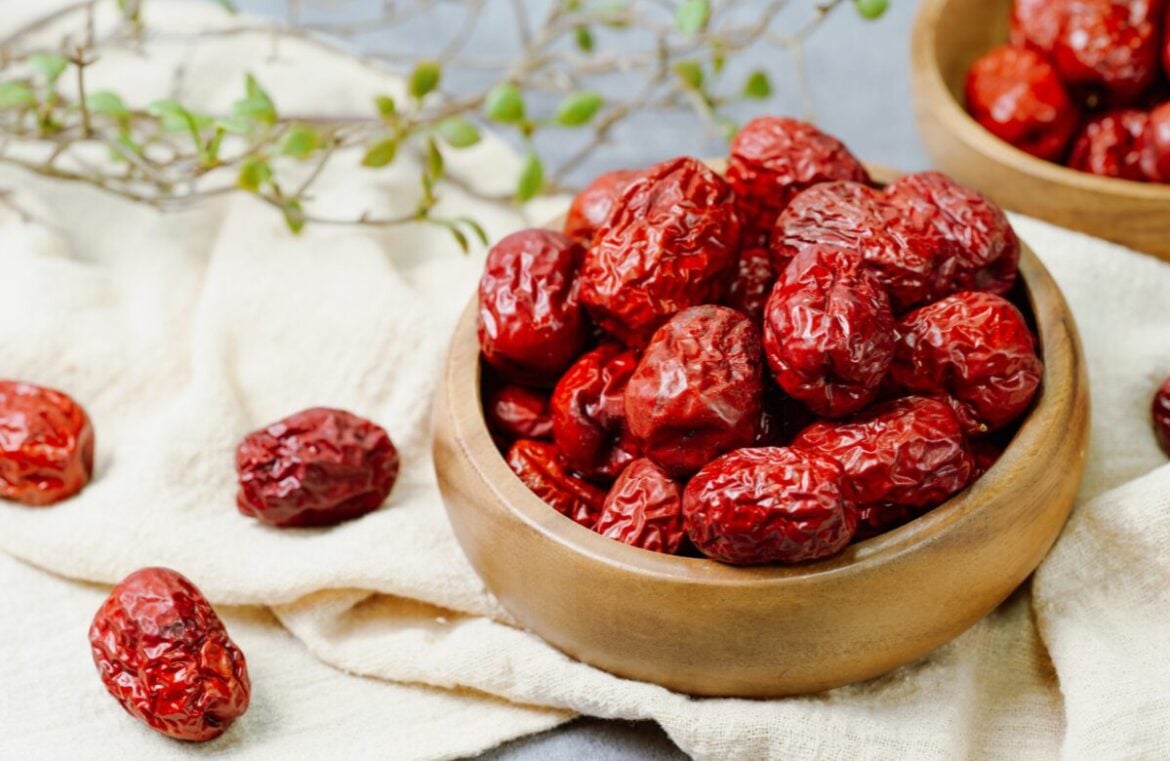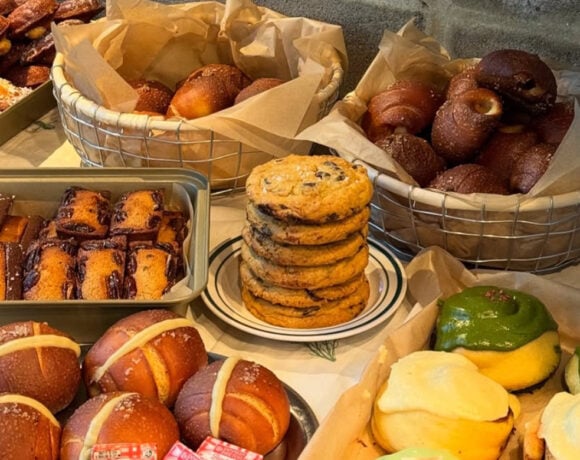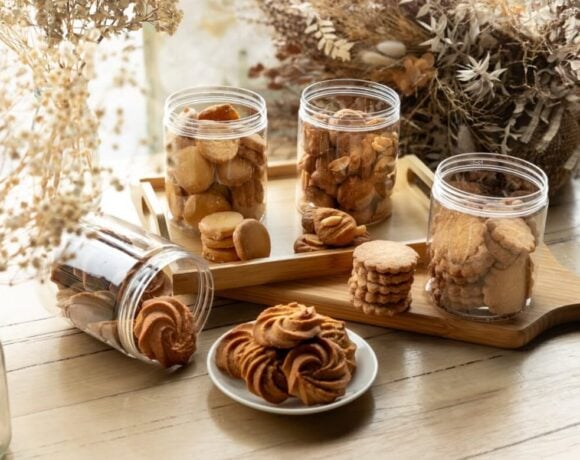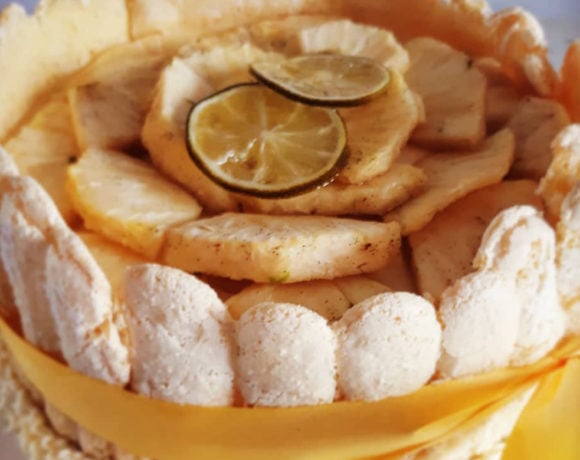In a move driven by shifting market dynamics and rising health consciousness, farmers across Australia are increasingly turning to the ancient jujube fruit—also known as Chinese dates—as a promising new crop.
Once overlooked in the Western agricultural landscape, the jujube is now being planted in large numbers, backed by millions of dollars in investment.
Although still unfamiliar to many Australians, jujubes have a deep-rooted presence in Asian cultures, where they’ve been grown and consumed for thousands of years. Used widely in traditional medicine and cooking, the fruit is recognised for its dense nutritional profile.
A recent study by food scientist Ahmed k. Rashwan identified jujubes as a functional food that Australians could be taking greater advantage of.
“The fresh fruit has 20 times more vitamin C than any other citrus fruit,” Ahmed told ABC News.
“This fruit has been used for centuries, especially in tea in China and Egypt.”
Among the early adopters in Australia is Phuong Cao, who, alongside her mother Thi Tran, has been cultivating jujube trees for over a decade in Renmark, South Australia.
“We planted wine grapes and then the wine grape market went down, so we had to diversify and found jujubes,” Phung told ABC News.
While acknowledging the challenges of introducing a niche crop to a new market, Phuong is optimistic.
“It’s juicy, sweet, and crunchy and has got its distinct taste,” she added, noting its flexibility: it can be eaten fresh, dried, brewed in tea—or baked.
This last use is where jujubes are quietly carving a niche in baking, particularly in red date cakes.
Also known as jujube cake, the dessert is a traditional staple in various Asian cuisines, prized not just for its natural sweetness and dense texture, but also for its symbolic significance during festive occasions.
The cake typically features mashed or chopped dried jujubes soaked to soften, contributing to a moist, pudding-like consistency.
Complemented by spices like cinnamon or ginger and occasionally enriched with nuts such as walnuts or almonds, the cake is both nutritionally rich and culturally significant.
The versatility of jujube in baked goods stems from its transformation during drying. While fresh jujube resembles a small apple—crisp and mildly sweet—once dried, it becomes wrinkled and red, with a date-like flavour and chewy texture. This makes it an ideal ingredient in desserts, imparting both structure and flavour without relying heavily on refined sugars.
Though still a specialty product in Australia, the momentum behind jujube farming signals a growing appetite for alternative fruits that combine tradition, nutrition, and adaptability in modern cuisine.







COMMENTS